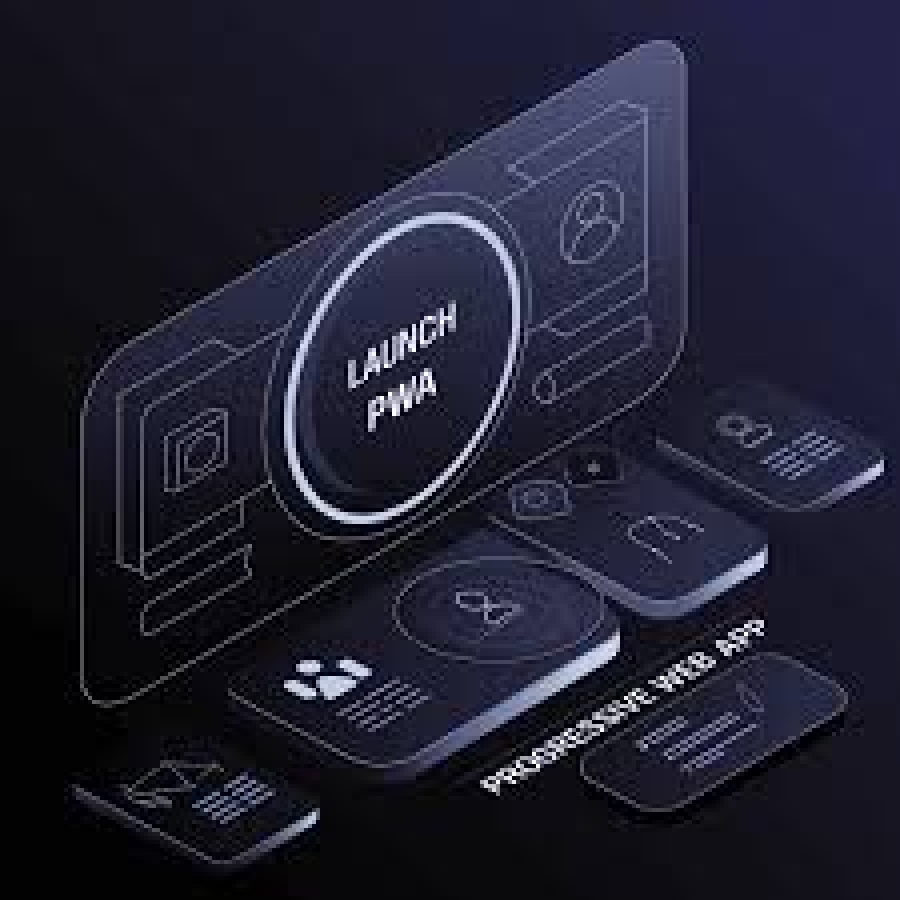How to Find High-Paying Clients as a Mobile App Freelancer
As a mobile app freelancer, your skills are in demand—but are you earning what you're truly worth? Many freelancers find themselves stuck in low-paying gigs, constantly hustling without seeing the income they deserve. At FreelancerBridge, our mission is to connect developers like you with smarter strategies for career growth. In this post, we’ll walk you through how to find high-paying clients in the competitive app development market—clients who value your expertise and are ready to invest in quality results.
Long Description (Approx. 1000 Words)
Finding high-paying clients isn’t about luck—it’s about targeting the right audience, presenting your value strategically, and positioning yourself as a premium provider. Let’s break it down with clear steps.
1. Define Your Ideal High-Paying Client
To attract premium clients, you must first know who they are. These aren’t the people on platforms asking for a “cheap app.” High-paying clients usually include:
Funded startups
Growing eCommerce businesses
Agencies with overflow work
Entrepreneurs launching scalable products
Enterprises seeking experienced freelancers
🎯 Action:
Create a profile for your ideal client. What industry are they in? What budget range do they usually work with? This helps you focus your marketing efforts on quality, not quantity.
2. Niche Down to Stand Out
Generalists often struggle to command high rates. Specializing in a niche makes you more valuable.
Examples of niches:
Fitness & health apps
On-demand service apps (like delivery or ride-hailing)
Educational platforms (EdTech)
Real estate apps
Financial technology (FinTech) apps
🧠 Benefit:
Niche clients often look for developers who understand their industry—making them willing to pay more for your specialized knowledge.
3. Upgrade Your Portfolio to Match Premium Expectations
High-paying clients judge you based on presentation and proof. Your portfolio must reflect quality, expertise, and success.
Include:
Clean UI/UX designs
App store links
Performance metrics (downloads, reviews)
Short videos/demo walkthroughs
Testimonials from satisfied clients
📌 Tip: A visually appealing portfolio sets you apart from developers who simply list projects with no context.
4. Optimize Your LinkedIn and Online Presence
Clients will Google you. Make sure they find an expert.
✅ Update:
LinkedIn headline (e.g., “Helping startups build revenue-generating mobile apps”)
About section with your niche, skills, and client results
Regular posts sharing your knowledge or recent projects
🌐 Bonus: Create a personal website or landing page that introduces your services, portfolio, and client benefits.
5. Target Premium Freelance Platforms
While platforms like Fiverr and Upwork are crowded, there are premium freelancing networks where high-paying clients actively search for talent.
Try:
Toptal
Gun.io
Lemon.io
Arc.dev
Expert360
💼 These platforms often vet developers, which increases client trust and your chances of earning higher rates.
6. Use Inbound Marketing to Attract Clients
Don’t always chase clients—let them come to you.
Start creating:
Blog posts about app trends or case studies
Tutorials on mobile app development (via YouTube or Medium)
LinkedIn articles on solving specific app problems
📢 Thought leadership builds trust and attracts serious business owners looking for knowledgeable developers.
7. Pitch the Right Way—With Value First
When approaching potential clients, don’t focus on just your skills. Focus on what your work can achieve for them.
Example message:
“I help eCommerce startups build mobile apps that increase user engagement and drive 20%+ repeat sales. Would love to chat if you're looking to scale your mobile experience.”
📈 Show how your service leads to growth, revenue, or better user experience—not just a finished app.
8. Ask for Referrals from Past Clients
Happy clients are one of your biggest assets. High-paying clients tend to know others in similar networks.
🗣️ Ask:
“If you know anyone looking for a reliable mobile app developer, I’d love an intro. Most of my best work comes through referrals.”
💼 Referrals convert better and often lead to clients who trust you from the start—meaning less price negotiation.
9. Attend Industry-Specific Events and Meetups
Even in the digital age, personal relationships matter. Attending events or webinars can help you connect with business owners who need app development services.
Explore:
Startup incubators
Tech meetups in your city or online
Mobile app conferences (like App Growth Summit)
Online founder communities (Indie Hackers, Product Hunt)
🤝 Building relationships directly often opens doors to well-funded clients seeking long-term partnerships.
10. Position Yourself as a Consultant, Not Just a Developer
High-paying clients don’t want just a coder—they want a problem solver.
Offer strategic input like:
Helping with app monetization models
Suggesting features based on market needs
Guiding MVP vs full-version development
🧠 When you’re seen as a consultant, your rate automatically commands more respect (and budget).
Bonus: Red Flags to Avoid (Low-Paying Client Warning Signs)
✅ Be cautious if a client:
Asks for “quick and cheap” upfront
Doesn’t respect deadlines or payment terms
Offers “exposure” instead of payment
Constantly compares your quote with cheaper offers
🙅♂️ Learn to politely decline these. Focus your energy on clients who appreciate value, not just cost.
Conclusion
Finding high-paying clients as a freelance mobile app developer isn’t about working harder—it’s about working smarter, presenting your value clearly, and positioning yourself where the right clients are looking.
At FreelancerBridge, we help mobile developers build thriving careers, not just temporary gigs. Start applying these strategies today, and you’ll soon see a shift from chasing small projects to landing premium clients who value your skills and pay you accordingly.


 by Emily
by Emily




